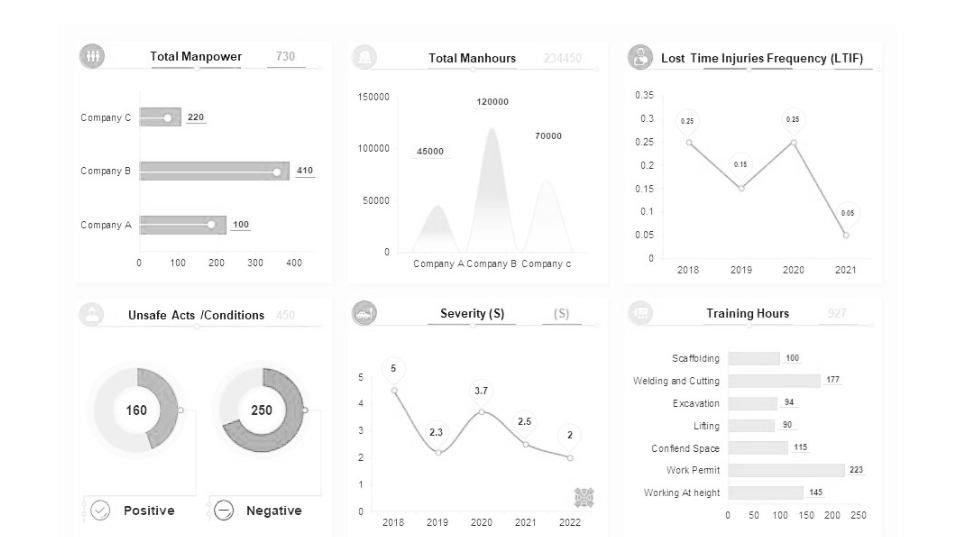Table of Contents
Lost Time Injury Meaning
A Lost Time Injury (LTI), also known as a lost time incident or lost time case, is an injury sustained on the job by an employee that leads to the loss of productive work time.
This occurs when the injured worker is unable to perform their regular job duties and requires time off for recovery, or when they are assigned modified work duties during their recovery period.

LTI is a crucial metric used to assess workplace safety, measuring the impact of injuries that result in time away from work due to their severity.
LTI cover both short-term injuries and permanent disabilities that prevent employees from resuming work or routine tasks. Even if employees return to work following an injury but are unable to perform assigned duties, they are still considered part of the company’s wasted time.
Significance Of LTI In An Organisation

A higher measurement of Lost Time Injuries (LTIs) suggests inadequate safety performance. This can lead to increased insurance premiums and cause skilled employees to seek safer job options. Additionally, recurring serious incidents resulting in lost time could damage your company’s reputation, making it hard to recover.
However, determining whether a number is “high” or “low” depends on the industry, so it’s crucial to compare your data with industry peers for a meaningful benchmark. The goal is to achieve a lower LTI rate than others in your industry, improving safety and overall performance.
Lost Time Injury Severity Rate Calculation
Lost time injury severity can be calculated by using formula as given below:
LTIS = (Number of Lost Workdays due to Injuries / Total Hours Worked) × 200,000.
This formula standardizes the measurement by representing the severity of injuries per 200,000 hours worked. It helps organizations track and analyze the impact of workplace injuries.
Preventive Measures Against LTI
Reducing the risk of lost time injuries (LTIs) is paramount to promoting a safe and productive work environment. One of the most effective strategies for achieving this is ensuring that employees are well-versed in the latest security protocols. By educating them about current best practices, how to avoid common work-related injuries, and familiarizing them with your organization’s specific safety guidelines, you create a culture of vigilance and responsibility.
Regular and mandatory safety education or training sessions play an important role in reinforcing these protocols. In addition to simply serving as a reminder, they provide a forum to address any emerging or emerging security concerns. This proactive approach not only strengthens your protection against workplace injuries but also underscores your commitment to the well-being of your workforce.
Attempting to maintain a minimum damage rate over time provides multi-pronged benefits. First, it ensures the physical and mental well-being of individual employees, which is the cornerstone of a thriving workplace. Secondly, it creates a positive and motivated employee morale, as the workforce feels valued and cared for. Finally, from an organizational perspective, keeping LTI low contributes significantly to a company’s overall financial health and stability. Reduced injuries means lower medical expenses, less downtime and smoother operations.
You might also like: Construction Site Safety Checklist
My Thought
To effectively manage LTI, it is essential to carefully monitor and analyze these metrics. This involves not only tracking the rates but also understanding the context behind the numbers.
By comparing your organization’s performance to industry standards, you gain insight into where improvements are needed and where commendable progress has been made.
Staying well informed about the intricacies of LTI empowers you to make informed decisions that promote a safer workplace and a more prosperous organization overall.
